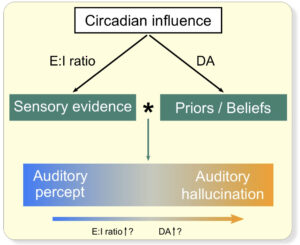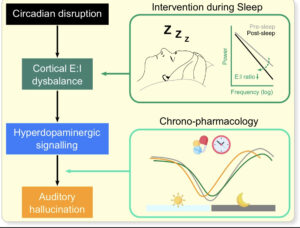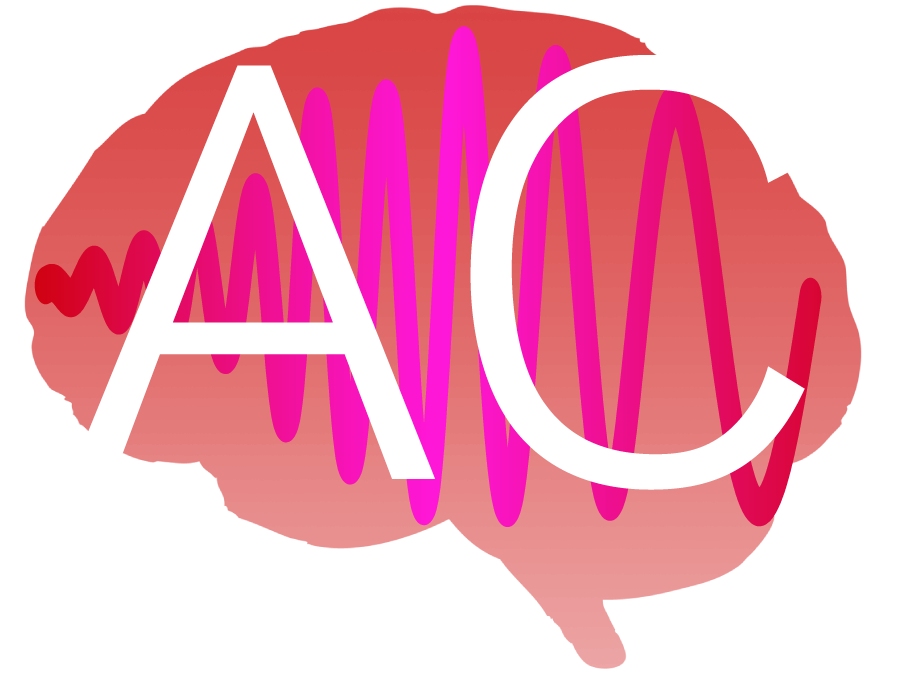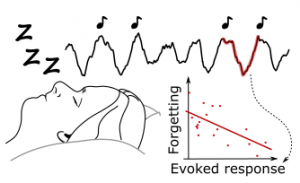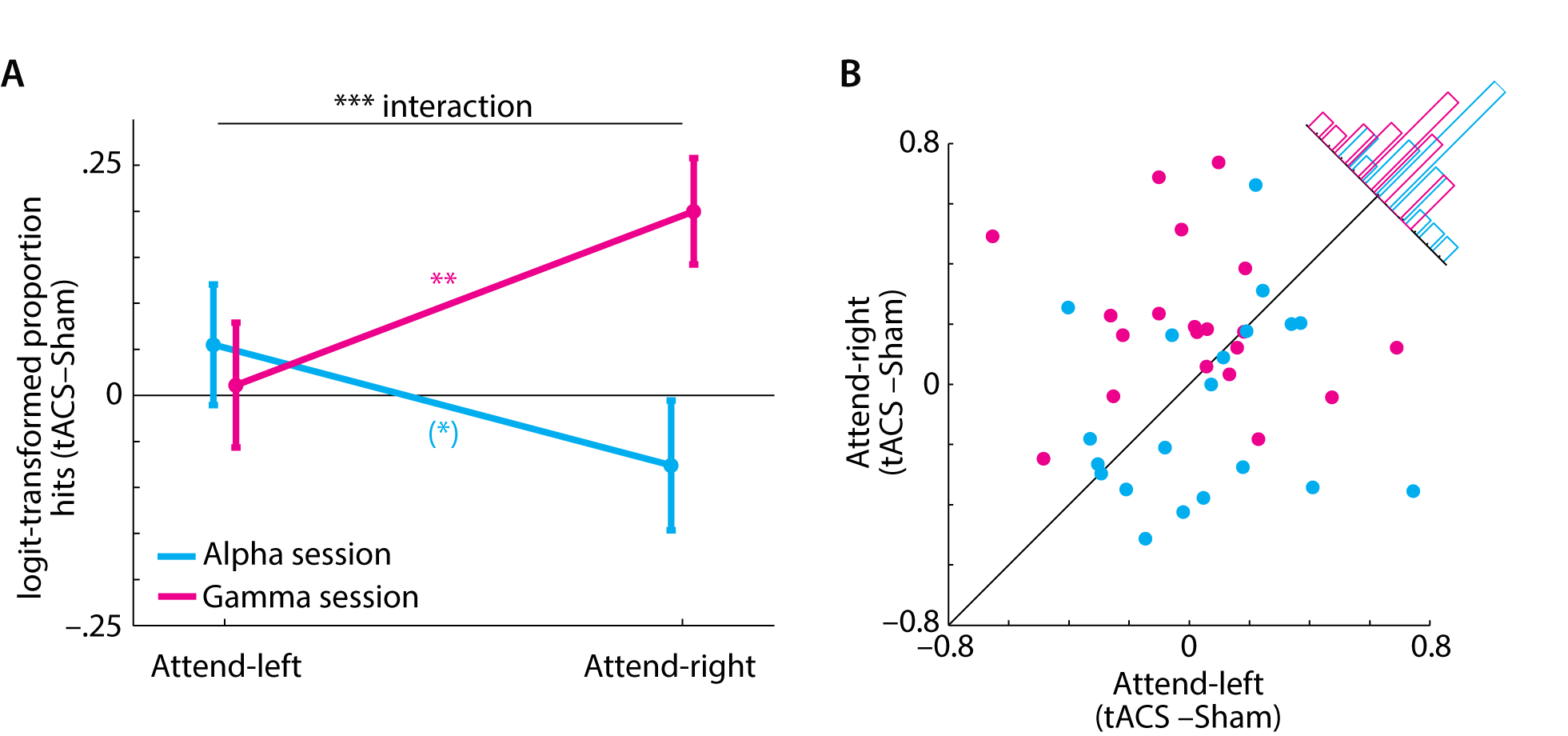AC alumna Anna Wilsch has a new paper in press in Neuroimage, with Toralf Neuling, Jonas Obleser, and Christoph Herrmann: “Transcranial alternating current stimulation with speech envelopes modulates speech comprehension”. In this proof-of-concept–like paper, we demonstrate that using the speech envelope as a “pilot signal” for electrically stimulating the human brain, while a listener tries to comprehend that speech signal buried in noise, does modulate the listener’s speech–in–noise comprehension abilities.
The Preprint is here, …
… while the abstract goes like this:
Cortical entrainment of the auditory cortex to the broadband temporal envelope of a speech signal is crucial for speech comprehension. Entrainment results in phases of high and low neural excitability, which structure and decode the incoming speech signal. Entrainment to speech is strongest in the theta frequency range (4−8 Hz), the average frequency of the speech envelope. If a speech signal is degraded, entrainment to the speech envelope is weaker and speech intelligibility declines. Besides perceptually evoked cortical entrainment, transcranial alternating current stimulation (tACS) entrains neural oscillations by applying an electric signal to the brain. Accordingly, tACS-induced entrainment in auditory cortex has been shown to improve auditory perception. The aim of the current study was to modulate speech intelligibility externally by means of tACS such that the electric current corresponds to the envelope of the presented speech stream (i.e., envelope-tACS). Participants performed the Oldenburg sentence test with sentences presented in noise in combination with envelope-tACS. Critically, tACS was induced at time lags of 0 to 250 ms in 50-ms steps relative to sentence onset (auditory stimuli were simultaneous to or preceded tACS). We performed single- subject sinusoidal, linear, and quadratic fits to the sentence comprehension performance across the time lags. We could show that the sinusoidal fit described the modulation of sentence comprehension best. Importantly, the average frequency of the sinusoidal fit was 5.12 Hz, corresponding to the peaks of the amplitude spectrum of the stimulated envelopes. This finding was supported by a significant 5‑Hz peak in the average power spectrum of individual performance time series. Altogether, envelope tACS modulates intelligibility of speech in noise, presumably by enhancing and disrupting (time lag with in- or out-of-phase stimulation, respectively) cortical entrainment to the speech envelope in auditory cortex.
